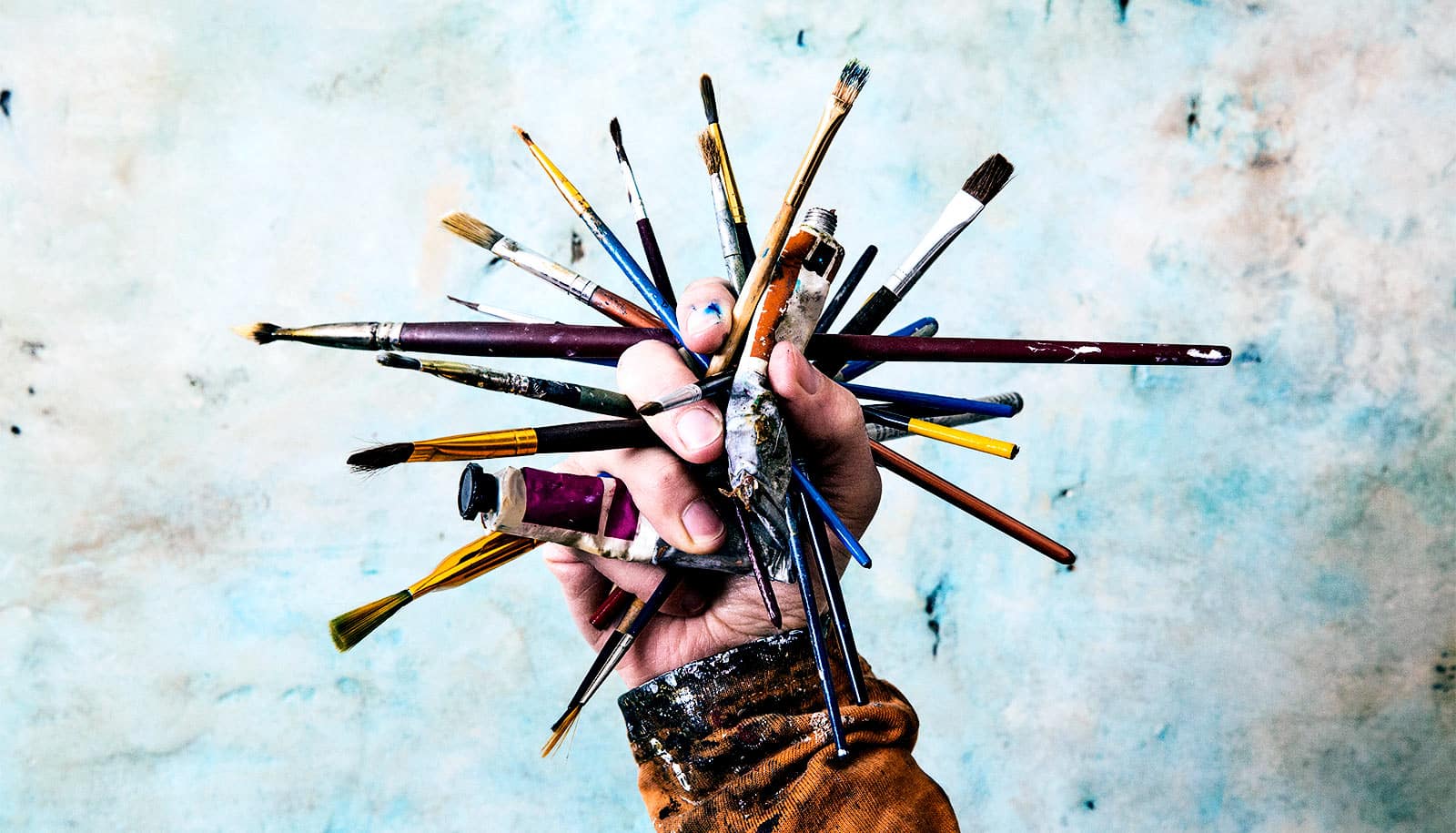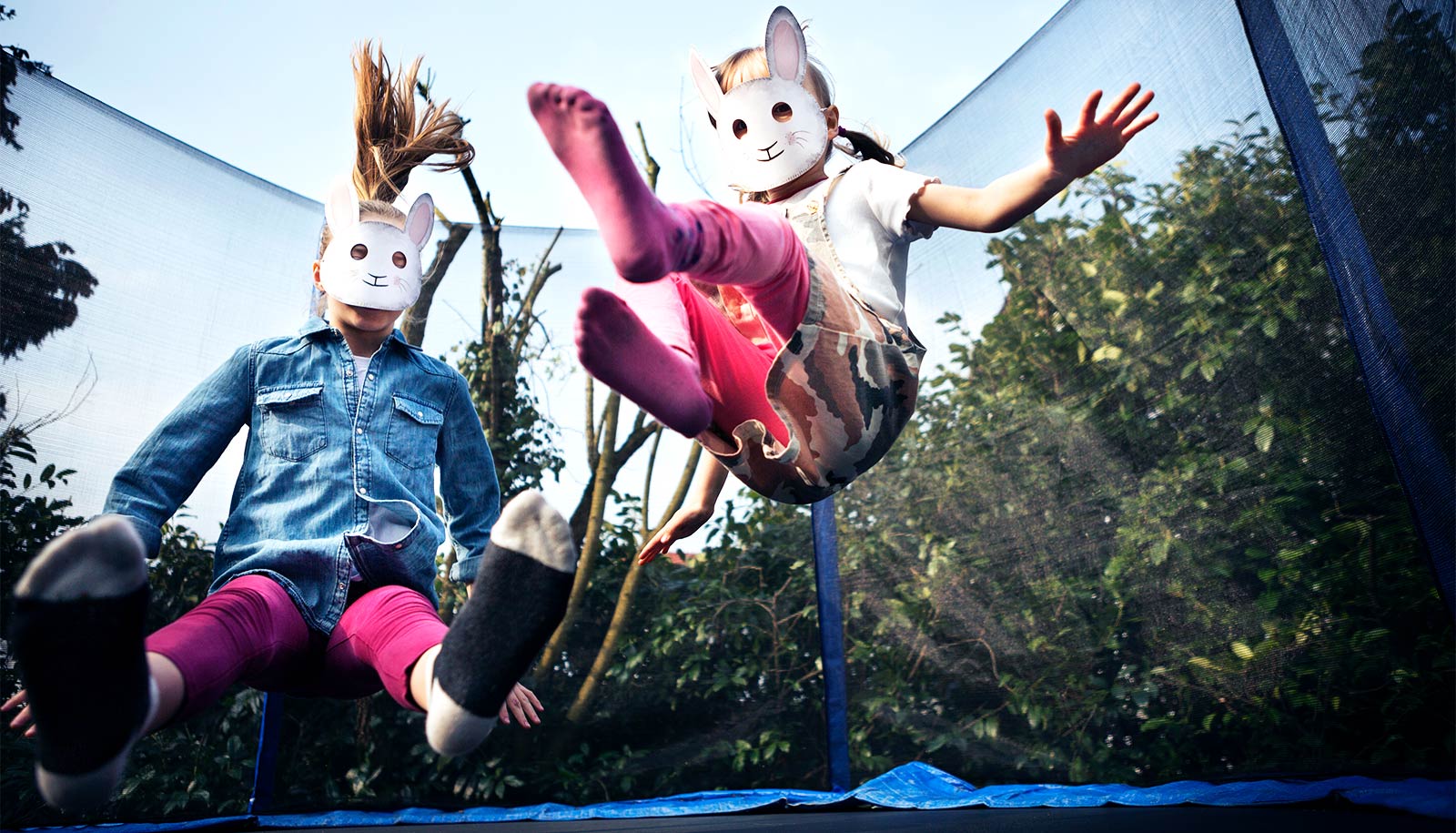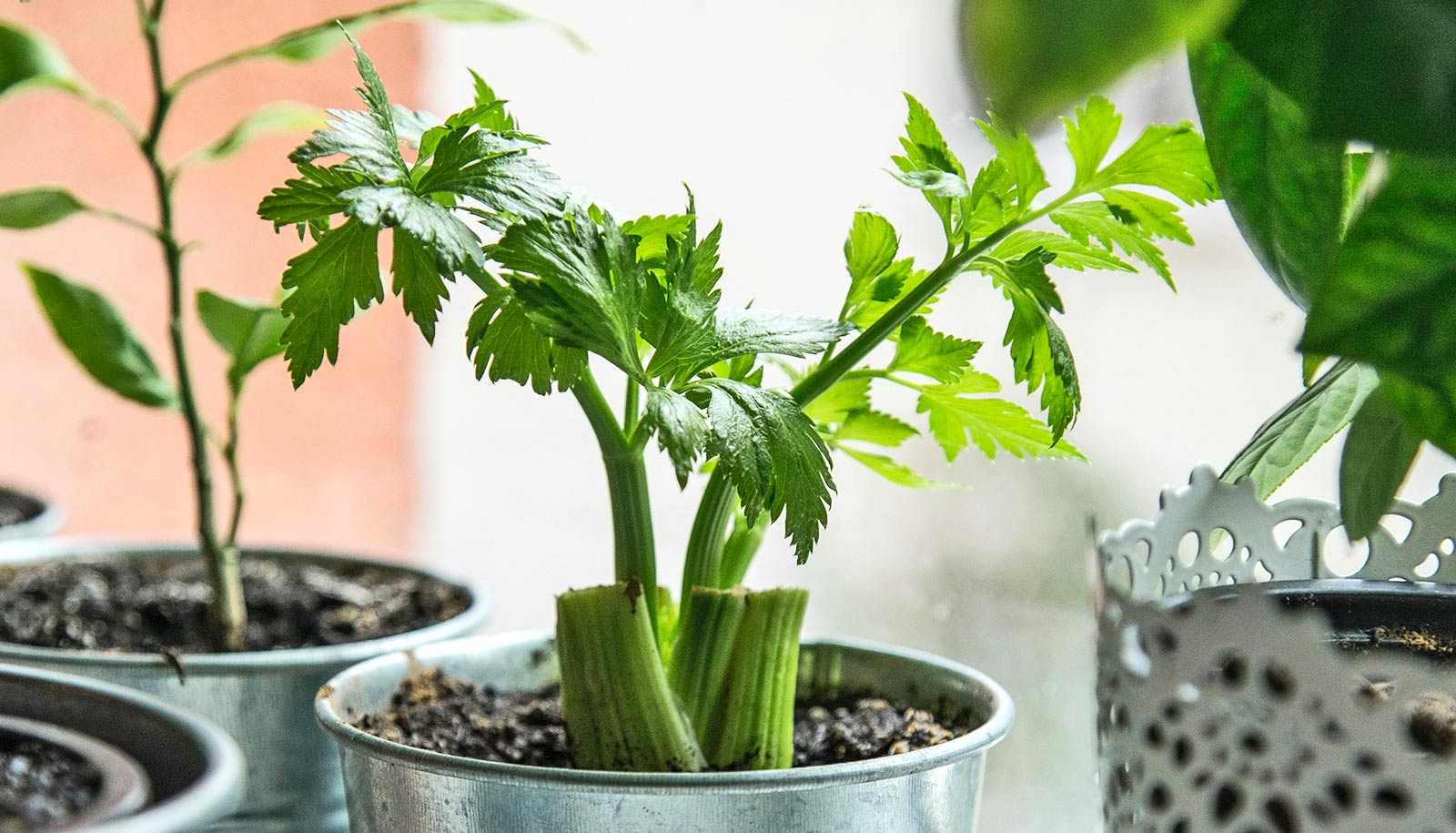One benefit of this extended stay-at-home period during the COVID-19 pandemic is a spotlight on the importance of arts in everyday life, experts argue.
Art of all types has proven to be a key outlet for millions of Americans looking for entertainment and fulfillment while isolating, working, and educating at home.
Several weeks of social distancing and lockdown have left many scrambling for ways to keep themselves and their families occupied. With traditional forms of entertainment like movie screenings, sporting events, and concerts unavailable, Americans are turning to the type of art that can be consumed and created in the home.
The arts and COVID-19
With millions now working from home, streaming services like Netflix and Hulu have become entertainment staples. One case in point is the Netflix true-crime docuseries Tiger King, which the streaming service says attracted viewership from about 64 million households worldwide. Music streaming services, e-books, and online gaming have also been key outlets for those seeking entertainment while staying at home.
“I hope when we emerge from our homes, having relied for months on movies, television, music, books, video games, and more to keep us busy, that we will no longer question the need to fund arts programs in our schools and communities,” says Hank Stratton, artistic director of the University of Arizona’s Arizona Repertory Theatre.
“The work of artists from around the world has helped us get through this time, and we owe it to the next generation of artists to make sure they can continue that work.”
Our viewing habits during a historically significant time also reflect what College of Fine Arts Dean Andrew Schulz calls the “afterlife” of works of art. He says the impact of classic movies, books, music, and plays can change based on the circumstances in which people experience them.
“I have enjoyed watching classic films with my family and thinking about how they relate to the present moment in interesting and unexpected ways,” Schulz says. “Alien and Cast Away are two that we recently watched that I found relevant to our present moment. And, of course, there’s Contagion, which has become super popular on streaming services, but that one seems a bit too close to home for me.”
Making art of our own
A drop in entertainment options outside of the house will stoke the creative flame for professionals and hobbyists alike, says Ellen McMahon, associate dean for research in the College of Fine Arts.
“A tremendous amount of creative work will emerge from this disruption, because art originates in personal, often traumatic, experience,” McMahon says. “If we are lucky enough to have quiet time during this shutdown, we should use it as creatively as possible.”
For example, composer Tom Peterson, who is completing a doctoral degree in choral conducting, recently debuted “Quintetto Profano,” which he calls a piano quartet for quarantined musicians.
McMahon says it’s important to remember that creating art can go beyond picking up a paintbrush, musical instrument, or video camera.
“If you’re sewing face masks or gardening or cooking—all of those things are creative activities that develop your sense of yourself, clarify your values, and reinforce the ways you’re connected to the world,” she says.
McMahon adds that art projects can also be beneficial for children who are restless and parents who find themselves acting as home-school teachers for the first time. Imagination and invention thrive, she says, when you don’t have too many structured activities, so free writing, drawing, and other free-form projects can help children develop their creativity.
Art also helps us stay connected with friends and family we can’t be with in person, says Meg Jackson Fox, associate curator for academic and public programs at the Center for Creative Photography.
“We share our day, our experiences and our sentiments through photographs,” Fox says. “Working through photography lends itself to far-reaching conversations, learning opportunities, and social encounters while physically separate.”
Optimism about the future
Like most economic sectors, the arts industry is being hit hard by the COVID-19 pandemic because of significant losses from canceled performances, exhibits and other events. However, Andrew Belser, director of the School of Theatre, Film & Television, believes, in time, arts organizations and entertainment venues will make a comeback.
“I honestly don’t think this will lead to the death of the movie theater industry, for example,” Belser says. “There is something irreplaceable about the experience of going to a movie theater. And live theater isn’t going to go anywhere. In time, I think it will come back in a flood.”
McMahon agrees, saying she believes people will no longer take the opportunity to experience art in person for granted.
“I think it will shift people’s appreciation for being in a real space with real art and artists,” she says. “People will relish the idea of going to see an exhibition, live music, a dance concert, or a play. They will realize how much they miss being in a room with other people having a shared experience with the art, the music, or the story as it hits everyone all at the same time.”
Source: University of Arizona


